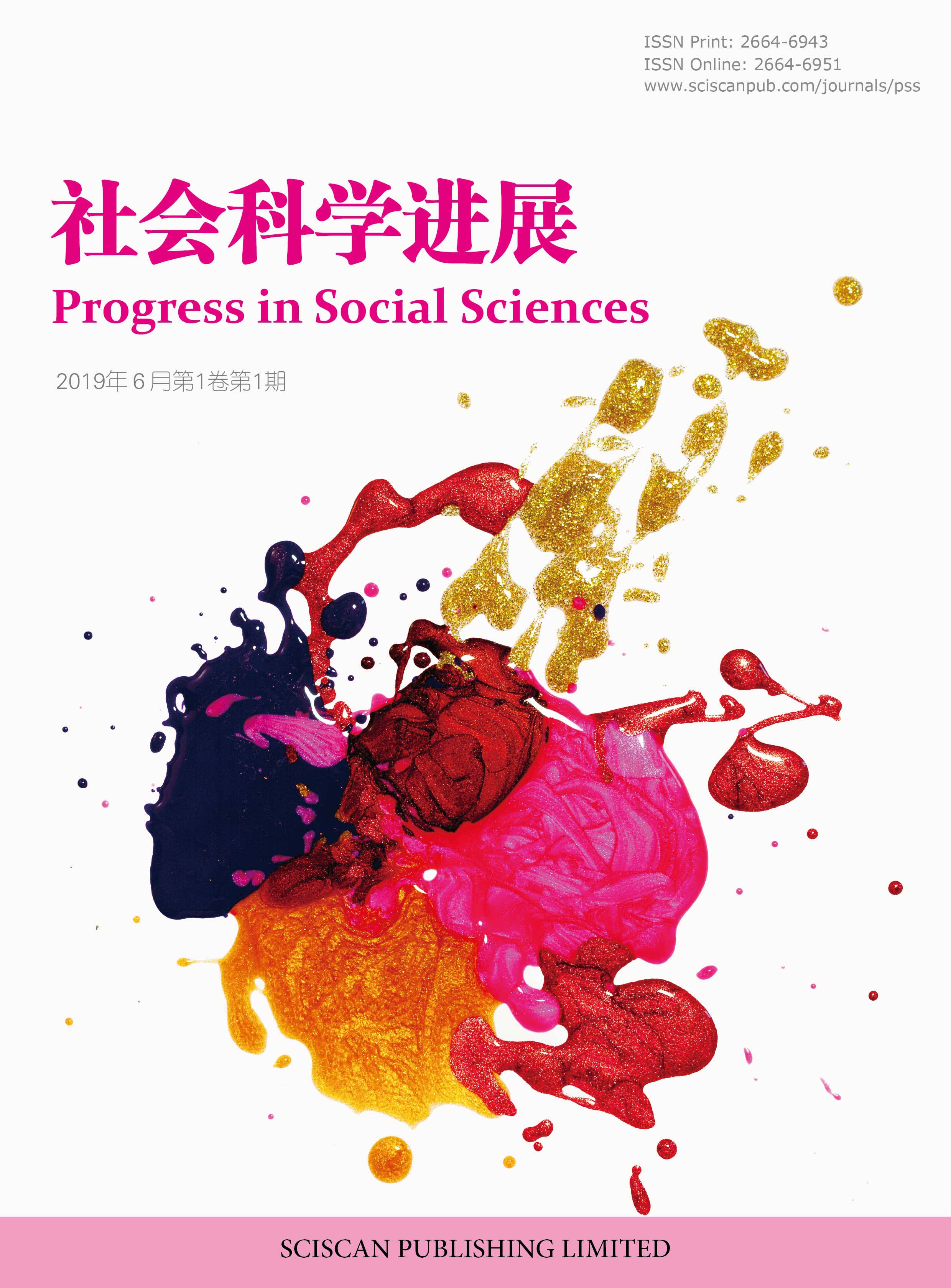Progress in Social Sciences
ISSN Print: 2664-6943
ISSN Online: 2664-6951
Contact Editorial Office
Subscribe to the latest published information from SCISCAN
重整计划执行期间新生债务的性质研究
A Study on the Nature of New Debts During the Implementation Period of a Reorganization Plan
- Authors: 马世谨
-
Information:
内蒙古工业大学,呼和浩特
-
Keywords:
Reorganization plan implementation period; Common benefit debt; Newly incurred debt重整计划执行期间; 共益债务; 新生债务
- Abstract: The corporate reorganization system constitutes the core component of bankruptcy law. The classification of newly incurred debts during the execution period of a reorganization plan remains a focal point of contention within both theoretical and practical circles of bankruptcy law. This dispute directly impacts the balance of interests among creditors, debtors, and new transaction counter parties during the plan implementation phase. Although China’s Enterprise Bankruptcy Law defines six types of common benefit debts, it fails to explicitly classify new debts arising during the critical implementation phase of the reorganization plan as common benefit debts. This ambiguity has led to inconsistent adjudication standards and confusion in legal application within judicial practice. This paper traces the institutional origins of common benefit debt, systematically examines the legal attributes of the reorganization plan implementation period, and thoroughly analyzes the theoretical disputes and practical divergences in determining the nature of newly incurred debts. It compares the underlying logic behind differing judicial rulings and ultimately proposes recommendations for improving China’s relevant legal framework, aiming to offer constructive insights for resolving this complex issue in bankruptcy law. 企业破产重整制度是破产法的核心部分,重整计划执行期间新生债务的性质认定问题是当前破产法理论与实务界争议的焦点。这一争议直接关系到重整计划执行期间债权人、债务人及新的交易相对方的利益平衡。我国《企业破产法》虽然规定了共益债务的六种类型,但对重整计划执行期间这一重整程序的关键阶段产生的新生债务是否属于共益债务却未予明确,导致司法实践中出现裁判标准不一、法律适用混乱的局面。本文将从共益债务的制度本源出发,系统梳理重整计划执行期间的法律属性,深入分析新生债务性质认定的理论争议与实务分歧,比较研究不同司法裁判观点背后的逻辑基础,并最终提出完善我国相关制度的建议方案,旨在为解决这一破产法领域难题提供建议性思考。
- DOI: https://doi.org/10.35534/pss.0709127
- Cite: 马世谨.重整计划执行期间新生债务的性质研究[J].社会科学进展,2025,7(9):748-752.
















